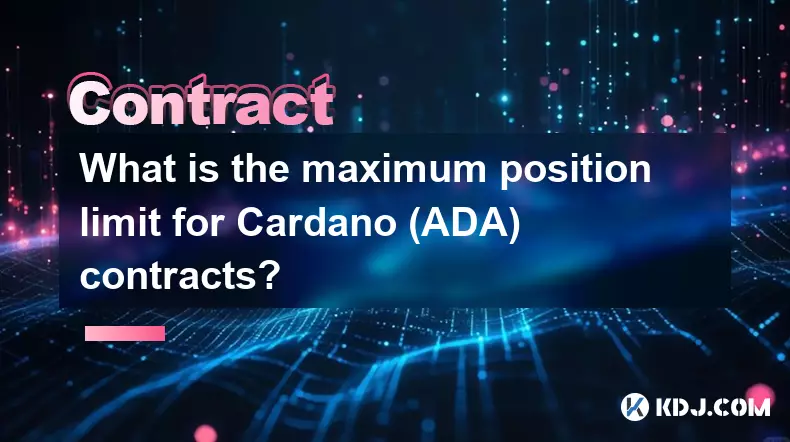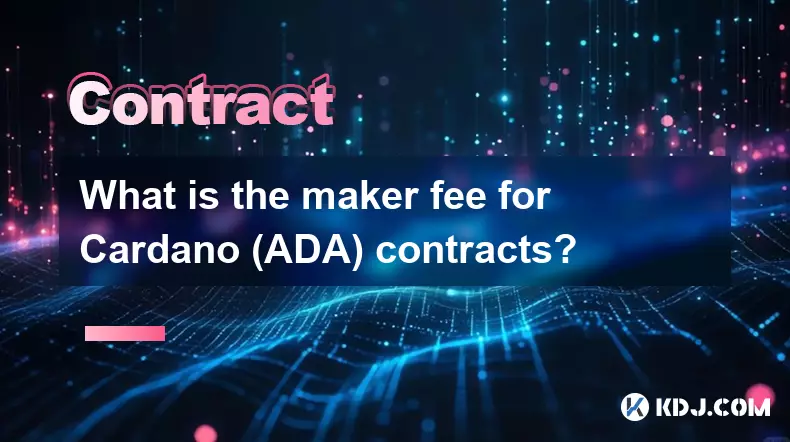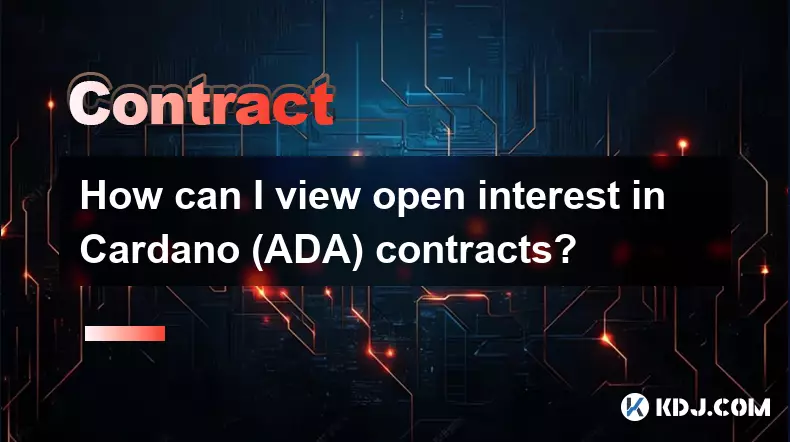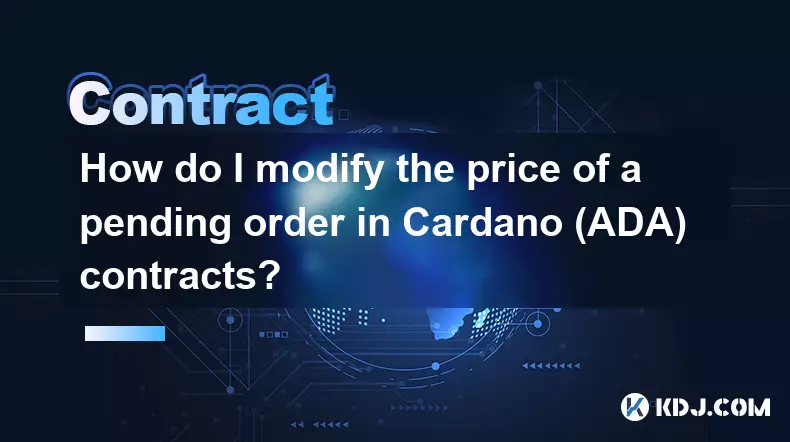-
 bitcoin
bitcoin $109523.663807 USD
-0.13% -
 ethereum
ethereum $4019.526508 USD
2.06% -
 tether
tether $1.000482 USD
0.00% -
 xrp
xrp $2.776815 USD
0.18% -
 bnb
bnb $958.942396 USD
0.12% -
 solana
solana $204.294698 USD
3.84% -
 usd-coin
usd-coin $0.999693 USD
0.00% -
 dogecoin
dogecoin $0.232115 USD
2.09% -
 tron
tron $0.338028 USD
0.84% -
 cardano
cardano $0.790920 USD
1.50% -
 hyperliquid
hyperliquid $44.871443 USD
5.60% -
 ethena-usde
ethena-usde $1.000322 USD
0.04% -
 chainlink
chainlink $21.034165 USD
2.60% -
 avalanche
avalanche $28.794831 USD
-0.54% -
 stellar
stellar $0.360466 USD
1.24%
How much does Bithumb 5x leverage fall before liquidation
Understanding leverage trading is crucial to avoid excessive losses, as exemplified by Bithumb's 5x leverage, where the liquidation price, determined by initial margin, maintenance margin, and leverage ratio, defines the point of forced position closure to prevent greater financial distress.
Nov 10, 2024 at 11:26 am

Understanding Bithumb's 5x Leverage: A Detailed Guide
Introduction
Leverage trading is a popular investment strategy that allows traders to amplify their potential profits, but it also comes with increased risk. When trading with leverage, it's crucial to understand the liquidation price, which is the point at which your position will be automatically closed to prevent further losses. In this comprehensive guide, we delve into Bithumb's 5x leverage, exploring its mechanics and calculating the liquidation price to help traders make informed decisions.
Bithumb's 5x Leverage: What is it?
Bithumb's 5x leverage is a trading feature that allows users to borrow funds from the exchange to increase their buying power. With this tool, traders can potentially multiply their profits by a factor of five. However, it's worth noting that losses are also magnified by the same factor, making risk management essential.
Calculating the Liquidation Price
The liquidation price is the point at which Bithumb will forcibly close your leveraged position to mitigate losses. The calculation involves several factors, which we will break down step-by-step:
- Initial Margin Requirement: Bithumb requires a minimum initial margin of 20% for 5x leverage trading. This means that for every $100 you trade, you must maintain a balance of at least $20.
- Maintenance Margin Requirement: The maintenance margin is the minimum equity level you must maintain to keep your position open. For 5x leverage, the maintenance margin is set at 10%.
- Leverage Ratio: The leverage ratio, in this case, is 5x, which means you are trading with five times your initial margin.
- Market Price: The liquidation price is directly influenced by the market price of the asset being traded.
- Calculate the Initial Margin: Determine the total amount of margin required to open the position. For example, if you trade $1,000 worth of an asset, the initial margin would be $200 (20% of $1,000).
- Calculate the Maintenance Margin: This is the minimum equity balance you must maintain to prevent liquidation. In our example, the maintenance margin would be $100 (10% of $1,000).
- Calculate the Leverage Factor: Multiply the initial margin by the leverage ratio to get the leverage factor. In this case, it would be $200 x 5 = $1,000.
- Determine the Liquidation Price: Divide the maintenance margin by the leverage factor. Using our example: $100 / $1,000 = 0.1. This means that the liquidation price is 10% below the market price at the time of the calculation.
Managing Risk with 5x Leverage
While 5x leverage can offer significant potential for profits, it is essential to manage risk effectively. Here are some key tips:
- Set Stop-Loss Orders: Place stop-loss orders to automatically close your position if the market price falls beyond a certain point, limiting your potential losses.
- Monitor Market Conditions: Keep abreast of market trends and news to make informed decisions. Market volatility can significantly impact the liquidation price.
- Never Exceed Your Risk Tolerance: Trade only with funds you can afford to lose and never risk more than you can withstand.
- Consider Hedge Positions: Use opposite-direction positions in other markets to mitigate the risk associated with your leveraged trades.
- Manage Leverage Wisely: 5x leverage is not suitable for all traders. Choose a leverage level that aligns with your risk tolerance and trading experience.
Conclusion
Bithumb's 5x leverage offers traders the potential to enhance their profits, but it also carries significant risks. By understanding the mechanics of leverage trading, calculating the liquidation price, and implementing sound risk management strategies, traders can mitigate their risks and increase their chances of success in this high-stakes arena. Remember, leveraged trading is not a suitable strategy for all investors and should only be utilized by experienced traders with a thorough understanding of the risks involved.
Disclaimer:info@kdj.com
The information provided is not trading advice. kdj.com does not assume any responsibility for any investments made based on the information provided in this article. Cryptocurrencies are highly volatile and it is highly recommended that you invest with caution after thorough research!
If you believe that the content used on this website infringes your copyright, please contact us immediately (info@kdj.com) and we will delete it promptly.
- Coin War, Durian Auction, Night Tour: A Wild Ride Through Crypto, Cuisine, and Korean TV
- 2025-09-27 08:45:14
- Cyber Hornet, ETFs, and Crypto: A New York Minute on Hybrid Investments
- 2025-09-27 08:25:12
- Bitcoin's Future Value: Prediction, Trends, and Insights
- 2025-09-27 08:45:14
- MoonBull: The Meme Market's 100x Crypto Contender?
- 2025-09-27 08:25:12
- Eric Trump, Crypto Market, and the Unbelievable Q4: A New York Take
- 2025-09-27 08:30:01
- Linea Crypto & SWIFT: What's the Price Prediction?
- 2025-09-27 08:50:01
Related knowledge

How do I enable the "scalping-only" mode for Cardano (ADA) contracts?
Sep 24,2025 at 03:19am
Understanding Scalping Strategies in Crypto Derivatives1. Scalping in cryptocurrency trading refers to executing multiple short-term trades within min...

What is the maximum position limit for Cardano (ADA) contracts?
Sep 23,2025 at 11:00pm
Understanding ADA Futures and Derivatives Market Structure1. Cardano (ADA) futures contracts are offered by several major cryptocurrency derivatives e...

What is the maker fee for Cardano (ADA) contracts?
Sep 26,2025 at 09:01am
Understanding Maker Fees in Cardano (ADA) Contracts1. The concept of maker fees applies broadly across decentralized exchanges and smart contract plat...

How can I view open interest in Cardano (ADA) contracts?
Sep 24,2025 at 07:36am
Understanding Open Interest in Cardano Derivatives1. Open interest refers to the total number of outstanding derivative contracts, such as futures or ...

How do I modify the price of a pending order in Cardano (ADA) contracts?
Sep 27,2025 at 01:00am
Understanding Pending Orders in Cardano Smart Contracts1. Cardano operates on a proof-of-stake blockchain that supports smart contracts through its Pl...

What is the function of the insurance fund in Cardano (ADA) contracts?
Sep 24,2025 at 02:18am
Understanding the Role of Insurance Funds in Cardano Smart Contracts1. The insurance fund within Cardano's ecosystem is not a native feature directly ...

How do I enable the "scalping-only" mode for Cardano (ADA) contracts?
Sep 24,2025 at 03:19am
Understanding Scalping Strategies in Crypto Derivatives1. Scalping in cryptocurrency trading refers to executing multiple short-term trades within min...

What is the maximum position limit for Cardano (ADA) contracts?
Sep 23,2025 at 11:00pm
Understanding ADA Futures and Derivatives Market Structure1. Cardano (ADA) futures contracts are offered by several major cryptocurrency derivatives e...

What is the maker fee for Cardano (ADA) contracts?
Sep 26,2025 at 09:01am
Understanding Maker Fees in Cardano (ADA) Contracts1. The concept of maker fees applies broadly across decentralized exchanges and smart contract plat...

How can I view open interest in Cardano (ADA) contracts?
Sep 24,2025 at 07:36am
Understanding Open Interest in Cardano Derivatives1. Open interest refers to the total number of outstanding derivative contracts, such as futures or ...

How do I modify the price of a pending order in Cardano (ADA) contracts?
Sep 27,2025 at 01:00am
Understanding Pending Orders in Cardano Smart Contracts1. Cardano operates on a proof-of-stake blockchain that supports smart contracts through its Pl...

What is the function of the insurance fund in Cardano (ADA) contracts?
Sep 24,2025 at 02:18am
Understanding the Role of Insurance Funds in Cardano Smart Contracts1. The insurance fund within Cardano's ecosystem is not a native feature directly ...
See all articles










































































